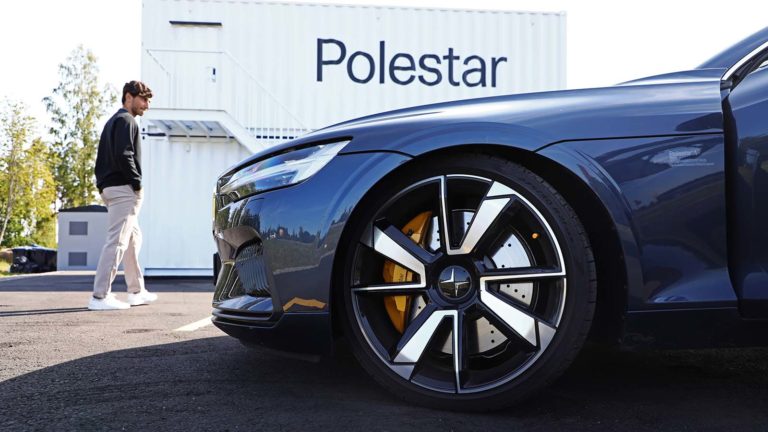The stock performance of Gores Guggenheim (NASDAQ:GGPI) has been unimpressive since late November 2021. GGPI stock price has tumbled almost 33% from a high of $15.33 in November 2021 to the current levels of $10.29. The special purpose acquisition company (SPAC) announced a merger with up-and-coming electric vehicle (EV) manufacturer Polestar.
Among the various reasons impacting the stock price, most prominent is the shortage of semi-conductor chips.
To be fair, supply chain issues have been hurting the entire EV industry. So, why is GGPI stock different?
The reason is expected delays in the scheduled launch of its EV, Polestar 2 in the US markets. The company is betting on the launch of its new, more economical version of EV model, Polestar 2, at a starting price of $45,900. This makes it much more attainable than its Polestar 1 predecessor at $155,000.
While there is hype surrounding the release, Polestar 2 does not many differentiating factors compared to its rivals. That means rollout and production must be flawless and fast to compete in this emerging market. Hence, execution risk remains with respect to it being able to meet its contractual demand.
Other players, such as Tesla (NASDAQ:TSLA) have been handling the ongoing supply chain challenge by paying up front fees to ensure ready supply or substituting it with alternative chips to meet demand.
On a positive note, the company has secured a five year deal to supply 65,000 electric vehicles to the auto-rental company, Hertz (NASDAQ:HTZ).
The rental company aims to begin offering the vehicles to customers “in Spring 2022 in Europe and late 2022 in North America and Australia.” This gives top-line visibility of at least $600 million every year. Apart from Polestar, only Tesla garnered a similar deal with Hertz.
Another similar deal announced was with
Enterprise to expand its presence in the car rental marketplace.
These contracts arguably bode well for the company as Hertz is one of the largest auto rental companies in the United States. The rental company is dedicated to serving the North American markets with the largest EV rental fleets. Polestar is well positioned to benefit from any further future opportunities arising from this partnership.
In 2021, the company achieved its global sales target of 29,000 vehicles, reflecting a growth of 185% year-on-year. Polestar expanded geographically to operate in 19 markets in 2021 (up from 10 markets earlier).
For 2022, management aims to expand the company’s footprints in European markets and enter in the Middle East. By 2023, Polestar aims to operate 30 global markets.
Further, they plan on releasing three new EVs to the market in the next three years. These include the Polestar 3 (set to launch in 2022), a premium autonomous electric SUV, Polestar 4 (in 2023), a smaller electric performance SUV coupe, and Polestar 5 in 2024.
Gores Guggenheim is expected to complete its SPAC merger with Polestar by the first half of 2022. Polestar’s relationship with parent companies Volvo (OTCMKTS:VLVLY) and Geely (OTCMKTS:GELYF) is also an added a advantage, especially when it comes to abating execution risk.
Polestar has the benefit of being an already established EV manufacturer with proven products on the market, as opposed to other SPAC ventures. Given its backing and partnerships, GGPI stock is a buy.
On the date of publication, Sakshi Agarwalla did not hold (either directly or indirectly) any positions in the securities mentioned in this article. The opinions expressed in this article are those of the writer, subject to the InvestorPlace.com Publishing Guidelines.

